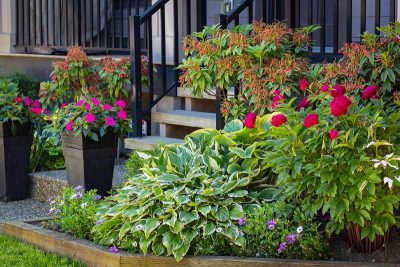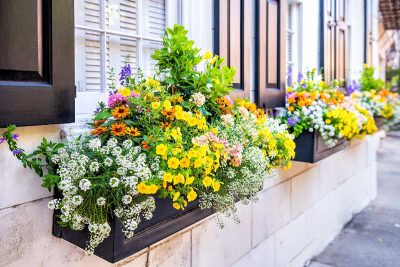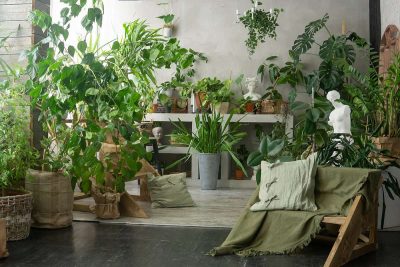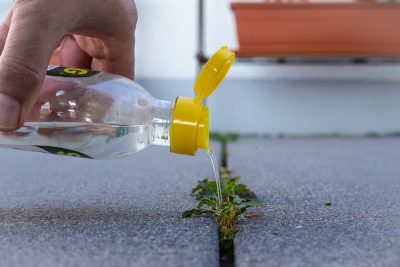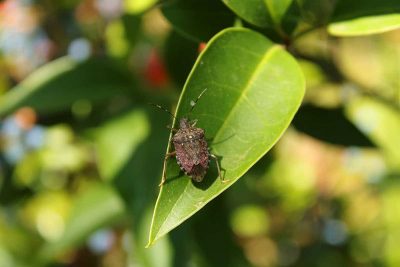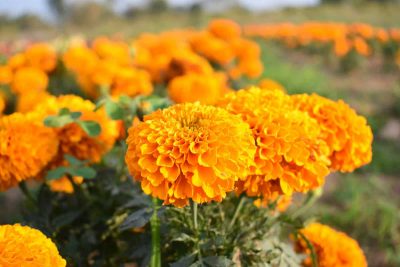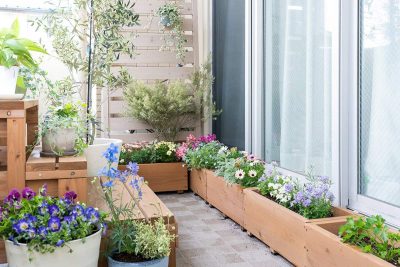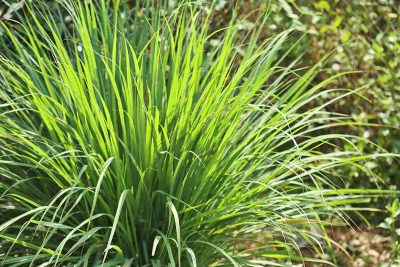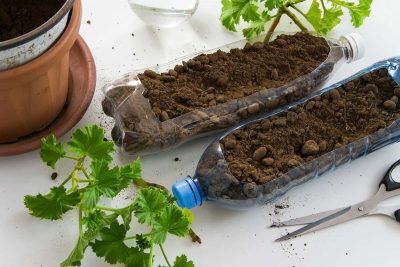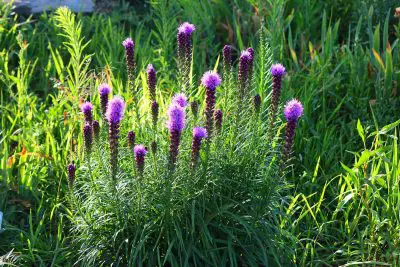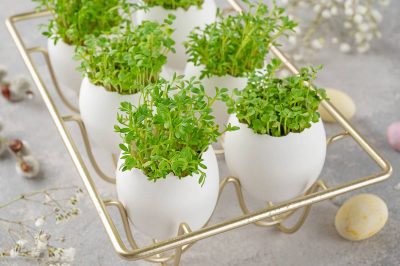You arrive home after a long day, and the sight of lush, vibrant plants on your front porch instantly makes you feel more relaxed and welcomed. The right plants can transform your porch into a cozy, inviting space. Discover the best plants to choose for your front porch to ensure it looks beautiful and inviting all year round.
There’s nothing like seeing flowers spill over a window box on a sunny day. If you’d like that, look for your own home, start with these 20 flowers. They’re reliable, colorful, and container‑friendly.
You’ve just finished setting up your backyard pool, but something feels missing. The area around the pool looks bare and lacks the inviting, lush feel you envisioned. Adding the right plants can transform this space into a tropical oasis. Learn about the best plants to place around your pool to boost its beauty and create a resort-like ambiance.”
By reading this post, you’ll discover practical tips and tricks to upgrade your green thumb, ensuring your plants grow healthier and more robust.
Vinegar is a versatile solution that can tackle many gardening challenges. By reading this post, you’ll discover practical ways to use vinegar in your garden, making your gardening tasks easier and more effective.
You’re relaxing in your living room when you notice a small, shield-shaped bug crawling up the wall. It’s a stink bug, and you know if you squish it, the smell will be unbearable. This is a common frustration during stink bug season.
You’ve planted your marigolds, eagerly anticipating a burst of vibrant color in your garden. But instead of thriving, your plants are struggling. This is a common scenario due to a few easily avoidable mistakes.
Whether you have a green thumb or not, there are plenty of creative and practical ways to incorporate planters into your outdoor decor. Here are some outdoor planter ideas to inspire you and transform your outdoor space.
Snake-repellent plants could be a natural solution to keeping your garden free from these slithery visitors. You may already know some common strategies for deterring snakes, but incorporating certain plants is an eco-friendly and visually appealing method. Many gardeners and homeowners prefer to use plants that can repel snakes naturally rather than relying on chemical repellents.
Revitalizing old potting soil is a smart and cost-effective way to keep your container plants thriving. Over time, potting soil becomes depleted of nutrients and can compact, hindering plant growth. By reusing and enriching your soil, you ensure your plants have the proper foundation for growth and vitality.
Now, consider being able to bring that radiant energy indoors with vibrant, sun-loving perennials handpicked from your very own cutting garden. Let’s explore the best sun-loving perennials to cultivate your own personal bouquet haven.
Eggshells can be a valuable resource for your plants, providing essential nutrients and improving soil quality. By recycling this kitchen waste, you are not only benefiting your plants, but also contributing to sustainable gardening practices. In this article, we will explore how to use eggshells effectively in your garden.
